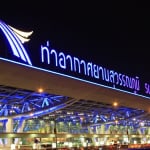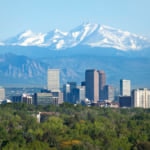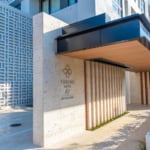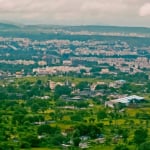Name: Sagrada Família
Address: Carrer de Mallorca, 401, 08013 Barcelona, Spain
Official / Related Site URL: https://sagradafamilia.org/en/home
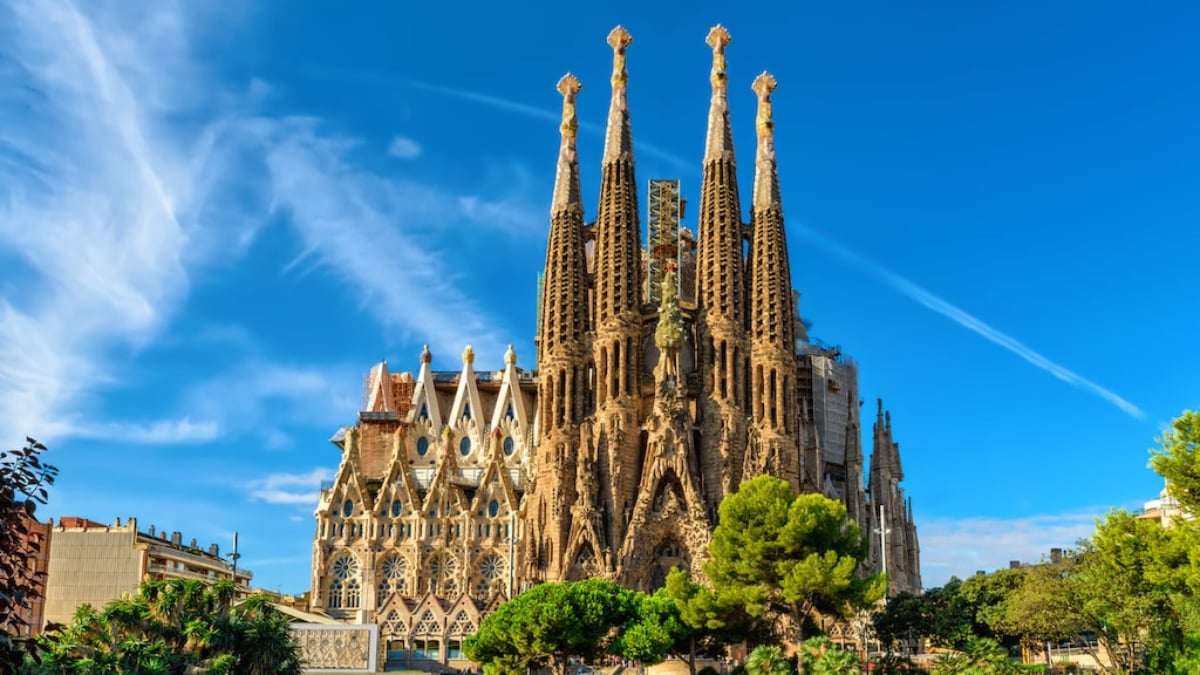
Finally completed?! A complete guide to the “Sagrada Família” that continues to captivate the world
Renowned as Antoni Gaudí’s greatest masterpiece, the "Sagrada Família" is the most popular tourist attraction in Barcelona. Its majestic presence and dazzling interior are just part of its allure—what truly fascinates visitors from around the world is the mystery of its being unfinished nearly 140 years after construction began. The highlight, the "Nativity Façade," features “15 angel statues” created by Japanese sculptor Etsuro Sotoo. Beneath it lies Gaudí’s tomb in the “Underground Chapel,” along with a “Subterranean Museum” showcasing construction models. There’s so much to see. This time, we’ll introduce the highlights and tourist information of the Sagrada Família.
table of contents
[x] close
Finally completed?! A complete guide to the “Sagrada Família” that continues to captivate the world
- 1. What is the Sagrada Família?
- 2. Is it true that the Sagrada Família will be completed in 2026?
- 3. The exterior alone is more than impressive
- 4. Beautiful stained glass and ceiling decorations
- 5. A spectacular view of Barcelona from the towers
- 6. A must-see for architecture enthusiasts! The underground museum
- 7. Ticket purchase & access information
- ◎ If you want to take photos, this is the place to start!
1. What is the Sagrada Família?
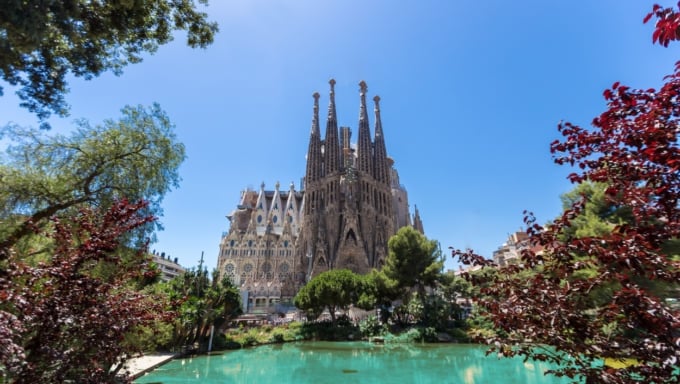
The Sagrada Família is a Catholic church designed by the famous Spanish architect Antoni Gaudí. Construction began in 1882. Gaudí, then still relatively unknown, took over as architect in 1883 and remained involved in its design and construction until his death in 1926.
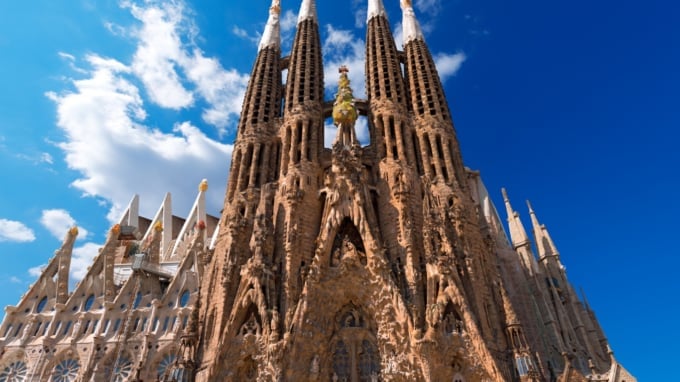
In 2005, the underground chapel and the Nativity Façade were registered as UNESCO World Heritage Sites as part of the “Works of Antoni Gaudí.”
2. Is it true that the Sagrada Família will be completed in 2026?
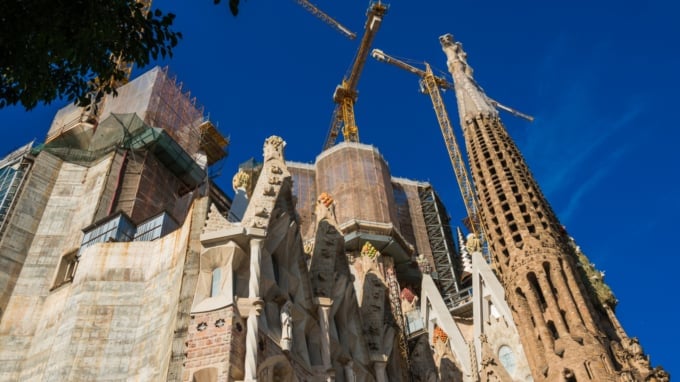
Though it was once said that it would take about 300 years to complete, the Sagrada Família's construction schedule has been significantly shortened. Initially, all models and blueprints were created by hand, but thanks to advances in IT technology, it’s now possible to use 3D design and CG to create visual projections of the final structure.
Additionally, since being designated a World Heritage Site in 2005, the number of tourists has greatly increased, providing ample construction funding. The completion is now scheduled for 2026—exactly 100 years after Gaudí’s death. Will we witness its completion, or will it remain forever unfinished? The anticipation continues.
3. The exterior alone is more than impressive
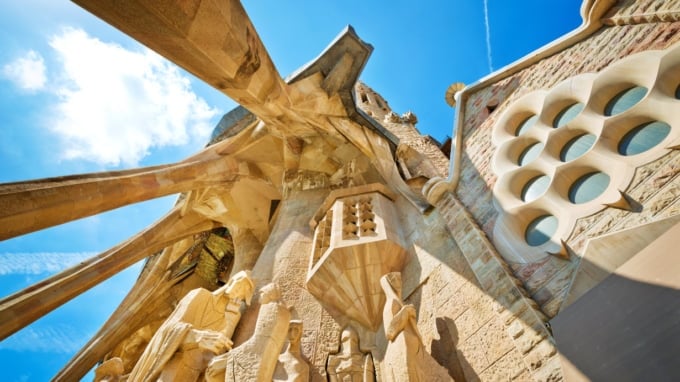
As the symbol of Barcelona, the cathedral is so grand that it can be recognized even from a distance. Often called the “three-dimensional Bible,” the Sagrada Família is adorned with detailed carvings depicting various biblical scenes.
The “Nativity Façade” portrays scenes from the Annunciation to Jesus’s first sermon, while the “Passion Façade” illustrates from Christ’s death to his resurrection—both are immensely captivating.
Beneath the central “Tree of Life” on the Nativity Façade is a pelican sculpture symbolizing a mother’s love. It’s intentionally hard to see from directly below the building, representing how the love of those closest to us can be difficult to notice. These deeper meanings are part of what makes the Sagrada Família so fascinating.
4. Beautiful stained glass and ceiling decorations
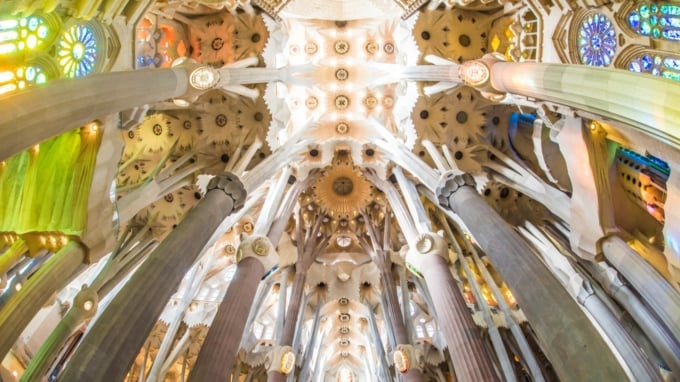
At first glance, the Sagrada Família’s colors may seem subdued, but once inside, that impression changes completely. As with many of Gaudí’s works, the stained glass showcases brilliant use of color and natural light, filling the entire church with a warm, vibrant glow.
Another highlight is the decoration above the main altar. The yellow lights and golden canopy surrounding the crucified Christ are stunning. It almost feels as though Christ is bathed in light.
5. A spectacular view of Barcelona from the towers
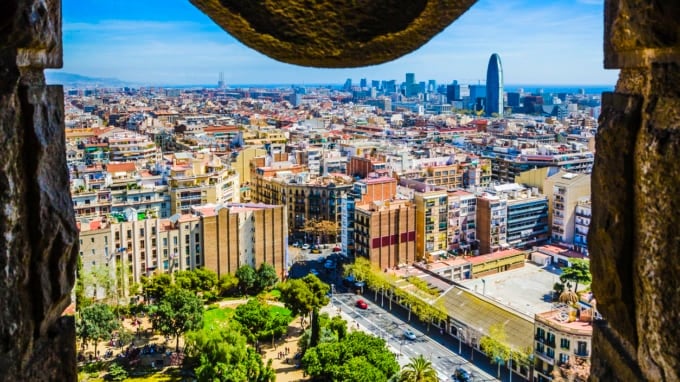
No visit to the Sagrada Família is complete without climbing the tower. A single ticket grants access to only one of the two towers. Since the views differ between the Nativity Façade and the Passion Façade, it’s best to choose carefully.
The ascent is by elevator, but the descent is by stairs. From the Nativity Façade, you can see the eastern part of Barcelona, while from the Passion Façade, you get a view of Montjuïc hill.
The Nativity Façade is more popular among tourists thanks to its scenic balcony. From here, you can get an up-close look at the central “Tree of Life,” spot Barcelona’s new landmark “Agbar Tower,” and gaze over Gaudí Square below.
6. A must-see for architecture enthusiasts! The underground museum
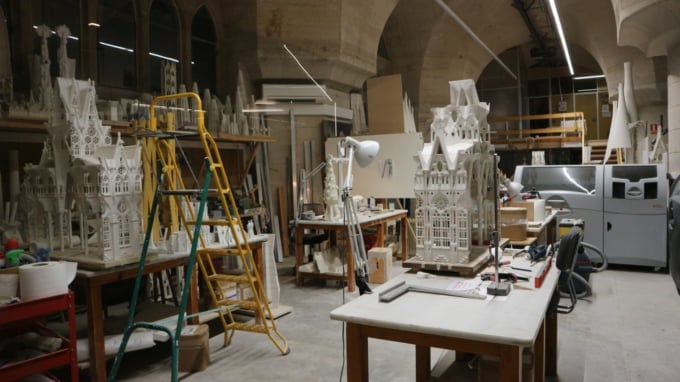
Beneath the Sagrada Família lies a museum that displays Gaudí’s original sketches and models used during the design phase. It’s truly astonishing that such a complex structure was conceived in an era without computers.
Don’t miss the upside-down model Gaudí used for his catenary arch experiments—it’s a highlight.
7. Ticket purchase & access information
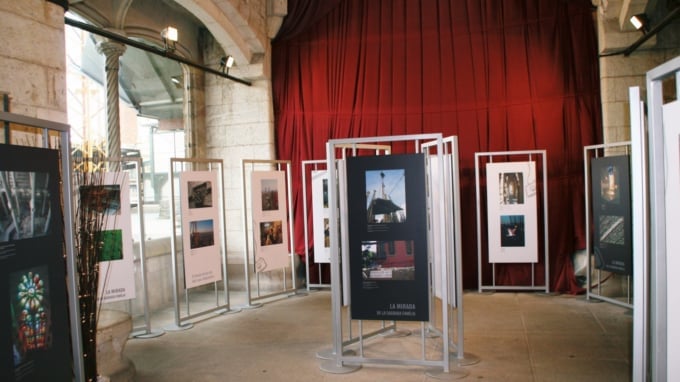
◆ Tickets
Sagrada Família Basic Ticket (Admission):
General €17 / Discounted €14
Sagrada Família (with Audio Guide):
General €25 / Discounted €23
Sagrada Família with Guided Tour:
General €26 / Discounted €24
Sagrada Família and Gaudí House Museum (Combo with Museum Admission):
General €27 / Discounted €23
Sagrada Família with Towers (Includes Tower Access & Audio Guide):
General €32 / Discounted €26
*Children under 10, persons with disabilities and one accompanying person are free. Seniors aged 65+ and people under 30 receive a discount.
*Discounted guests (including pensioners, students, and youth card holders) must bring valid ID.
*Information current as of September 2019.
◆ Access
Immediately after exiting at Sagrada Família Station on Metro lines L2 or L5
◎ If you want to take photos, this is the place to start!
The best photo spot is the walkway connecting the towers (the observatory). Especially on the Nativity Façade side, the wire fence offers a wide-open view! From here, you can see the park and the cityscape of Barcelona, and in the distance, the Sant Pau Hospital—also a UNESCO World Heritage Site along with the Palau de la Música Catalana. On the other hand, from the Passion Façade, you can get a close-up look at ongoing construction, making for a rare and unique photo. Don’t miss the chance to climb to the top!
RELATED ARTICLES
REGIONS
CATEGORIES
FEATURED ON Spain
-
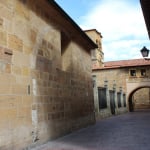
13 Must-Visit Attractions in Asturias, Spain – A Hidden Gem of Natural Beauty & History
-
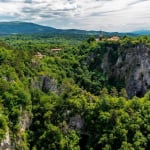
Introducing All 5 World Heritage Sites in Slovenia! Explore the Magnificent World Heritage of This Small Country
-
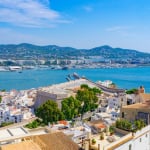
【World Heritage Site】What Are Ibiza’s Biodiversity and Historical Areas?|Tourist Information Guide
-

4 typical souvenirs from Tenerife, the island known as the Hawaii of the Atlantic Ocean
-
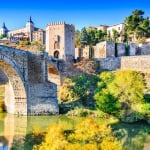
[World Heritage] Introducing the Ancient City of Toledo | Take a Stroll Through the Medieval Streets!
MOST POPULAR ON Spain
-
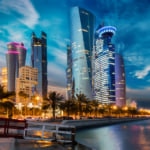 1
1Doha: Must-see Attractions in the Capital of Qatar
-
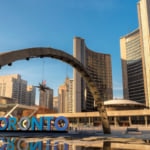 2
2Toronto: 10 Things to do in this Picturesque Canadian City
-
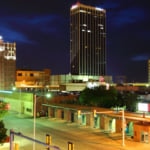 3
3Amarillo: A City Famous for It’s Amazing Canyons, Great History and Music
-
 4
4South Korea: Dazzling Scenery, Rich Culture and Fascinating History
-
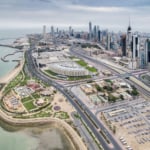 5
5Kuwait: A Country in Middle East Asia Famous for Hot Sand Dunes and Stunning Cityscape


